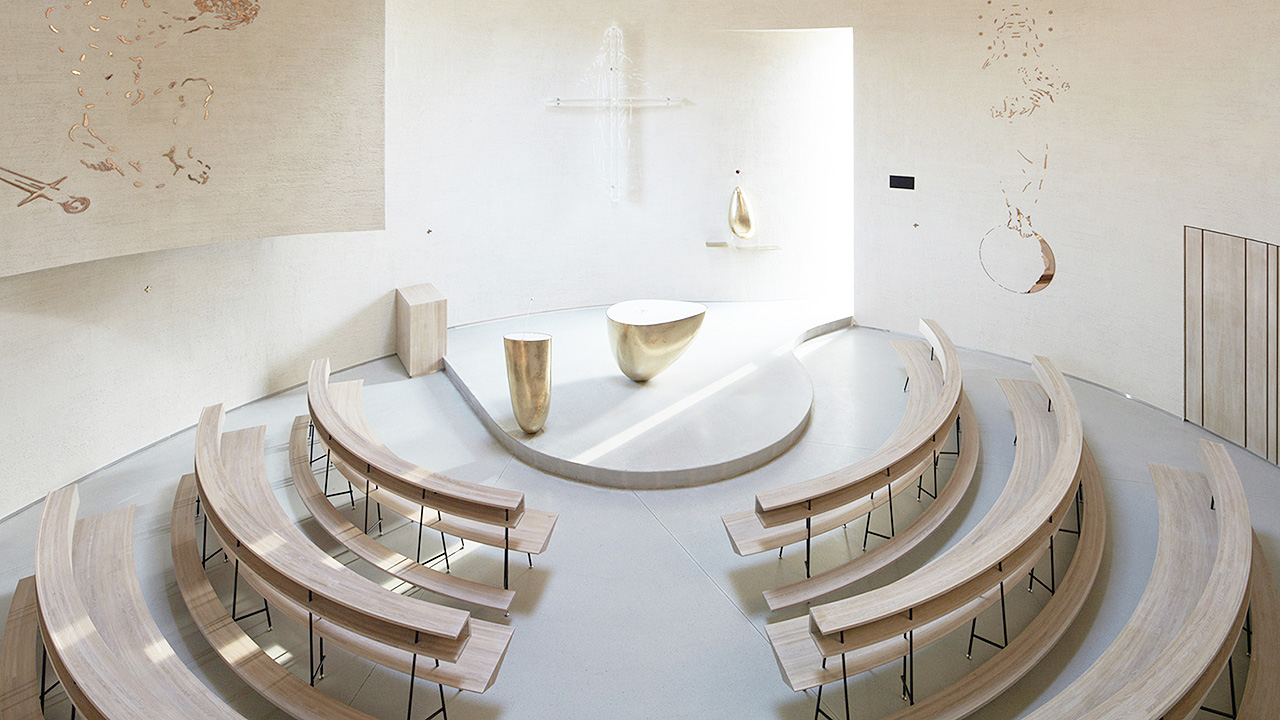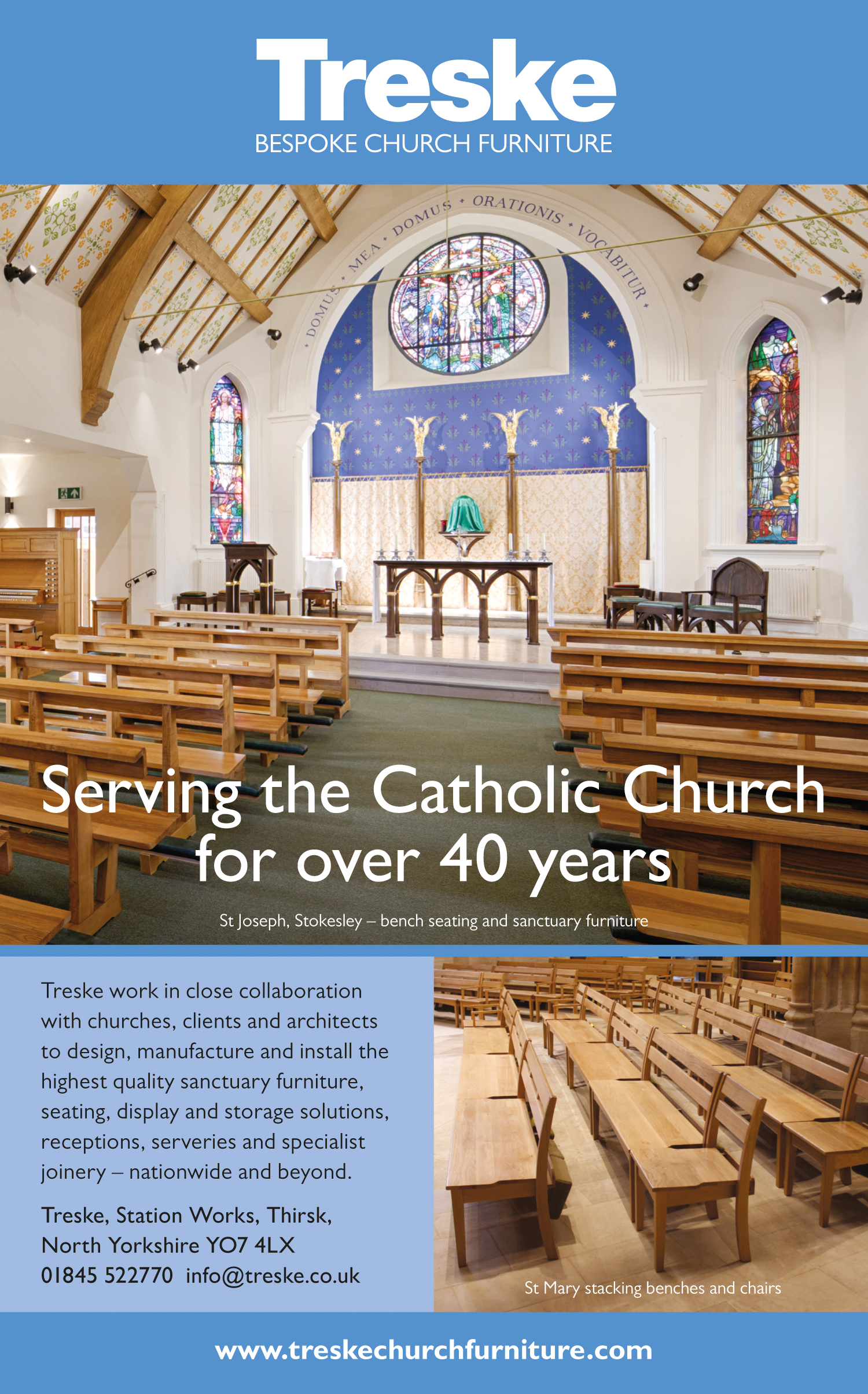When the Hungarian philosopher Max Wertheimer established the theory of Gestalt psychology in the early 1900s, he probably never expected that his ideas would find an application in the practice of church building.
Yesterday I logged in to fascinating Zoom conference on ‘New Directions in Architectural Planning’, and was surprised to hear the building process being described in terms of concepts of human perception such as isomorphism, biotic experimentation and the Principle of Totality.
Strangely, though, this unlikely application of modern psychology to one of the oldest arts known to man made considerable sense, and I came away with some refreshing new insights into the functionality of a church.
Essentially Gestalt as applied to a church building encourages you to see the structure holistically, not just as the physical materials that went into it, but in terms of the invisible merits that such a process inspires.
We all understand that designing new churches involves concepts of expressing holiness and creating community, but it was challenging to debate it, almost in mystical terms, as a purely psychological mechanism for bridging the divine and the mundane.
Whatever one’s view on the theory, there’s no doubt that building church facilities is a problem of purpose long before it’s an architectural or financial problem. Too many church committees do property and facility planning as if there were no connection between the kind of space provided and church growth, whilst others commission a new building with a just vague hope that just constructing a building will lead to growth.
For the Gestaltists in architecture, a new church building doesn’t cause growth; it merely permits growth, and the purpose of a church is “not a church building, but church building”.
Admittedly I’m a rather pragmatic type of Christian, but nonetheless the conference suggestion of convening a prayer committee before a planning committee made some sense to me. There’s no denying that, however good the structure, it takes people and planning to make growth happen, and people has to be the starting point in any new build.
Equally, there’s no denying that, when it comes to planning a new church, the difference between success and failure is knowing where you are, who you are, who you want to become and what you need to do.
The ‘who you are’ includes a study of community, people needs, area economy, climate, demographics, codes and regulations, local infrastructure and property surroundings, as well as the perceptions, attitudes and spiritual health of the church members, as well as a profile of the church organisation. The ‘who you want to become’ includes knowing the mission and vision of the church, as no church is ready to deal with property and building issues until it has developed a comprehensive ministry-growth strategy.
As one speaker succinctly put it: “If you can’t build a paragraph around your ministry-growth strategy, don’t build a building around it.”
All too often these days, when a parish is presented with an opportunity to build a new church, the thrust of a community’s aspirations becomes over-focussed on the practical functionality of the new build. Whilst this is completely understandable, it is also important for church architects and planners to remind communities to go with their strengths, and most importantly to focus on developing the things that a parish does well.
No church community can do everything, and its disastrous to plan a new build around wonderful opportunities that the parish later finds it can’t fulfil or develop.
On the other hand, as every church architect knows from bitter experience, the problem of building a church around the abstract spiritual aspirations of its individual members is that everyone’s vision of God is just that – individual. At some point the spade has to hit the earth, and it’s vitally important that, when it does, the community is completely focussed, so that the build is reduced to a list of well-defined tasks.
Gestalt? well, any methodology that refreshes our understanding of what we do is useful, and its part of our function to understand church communities, but I think I’ll pass on Freeform Architectural Conceptualisation for now!







